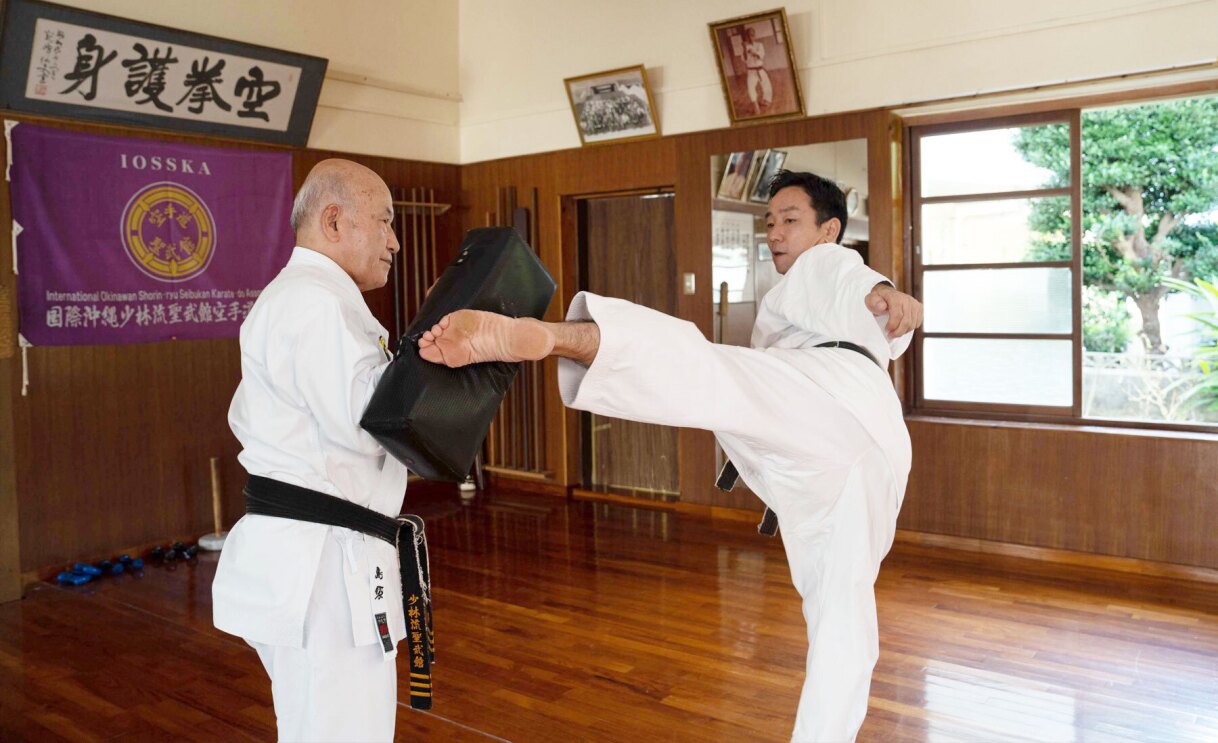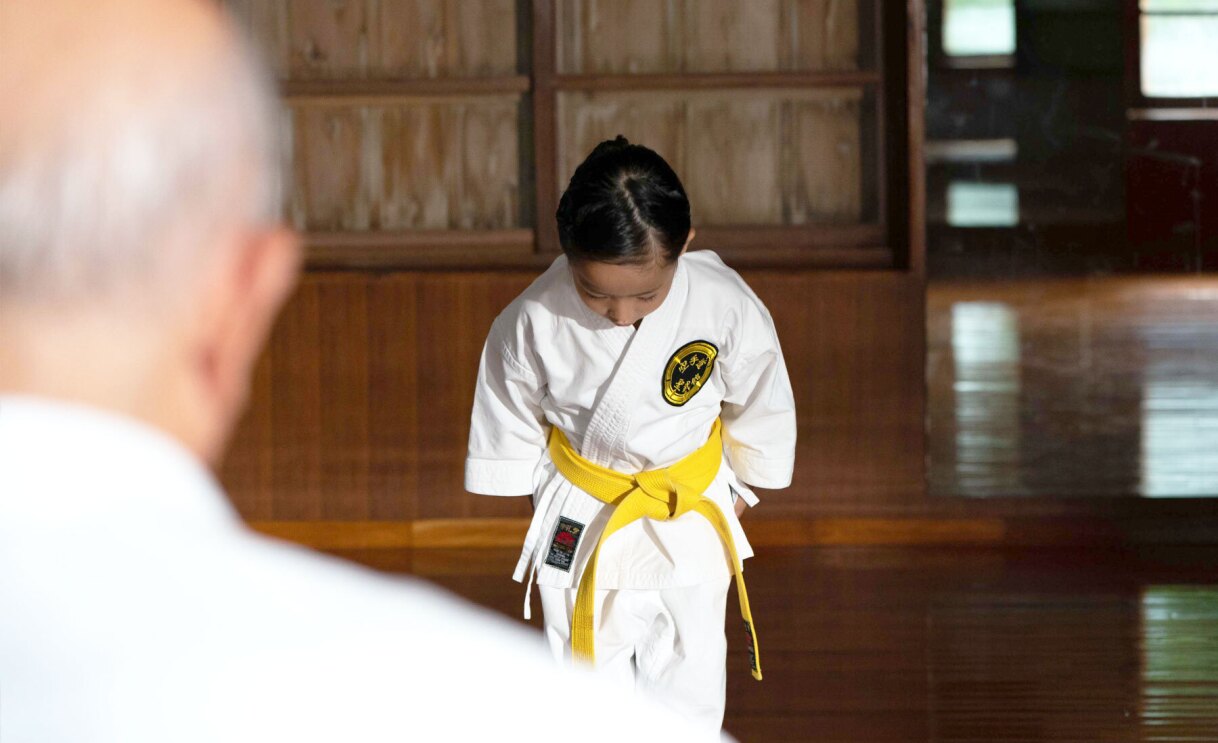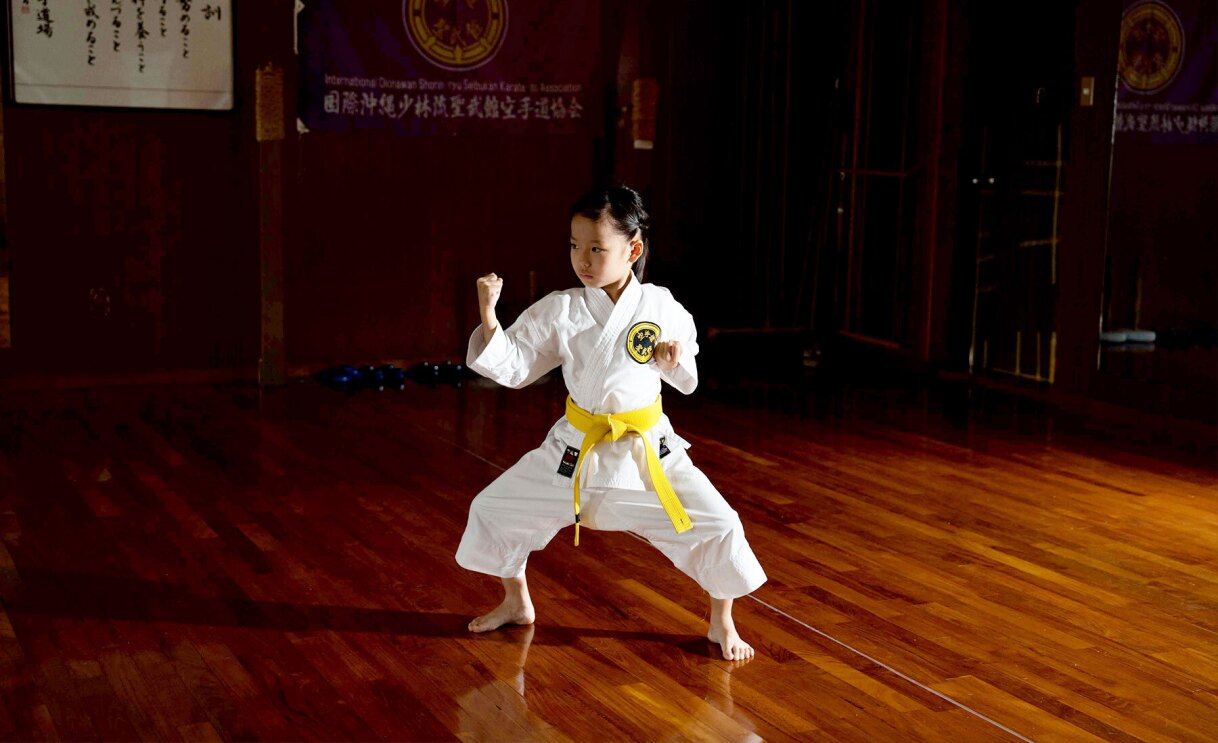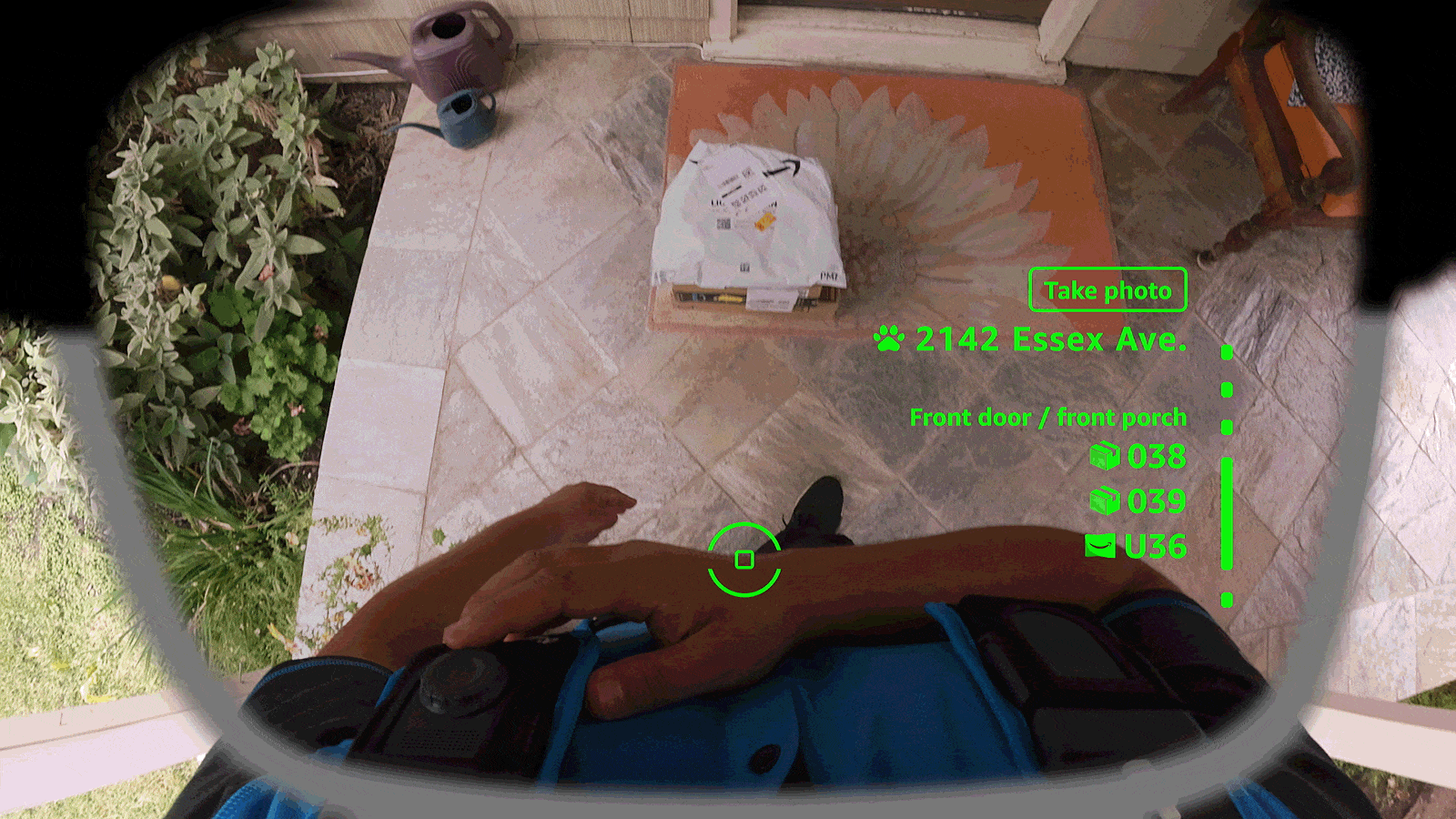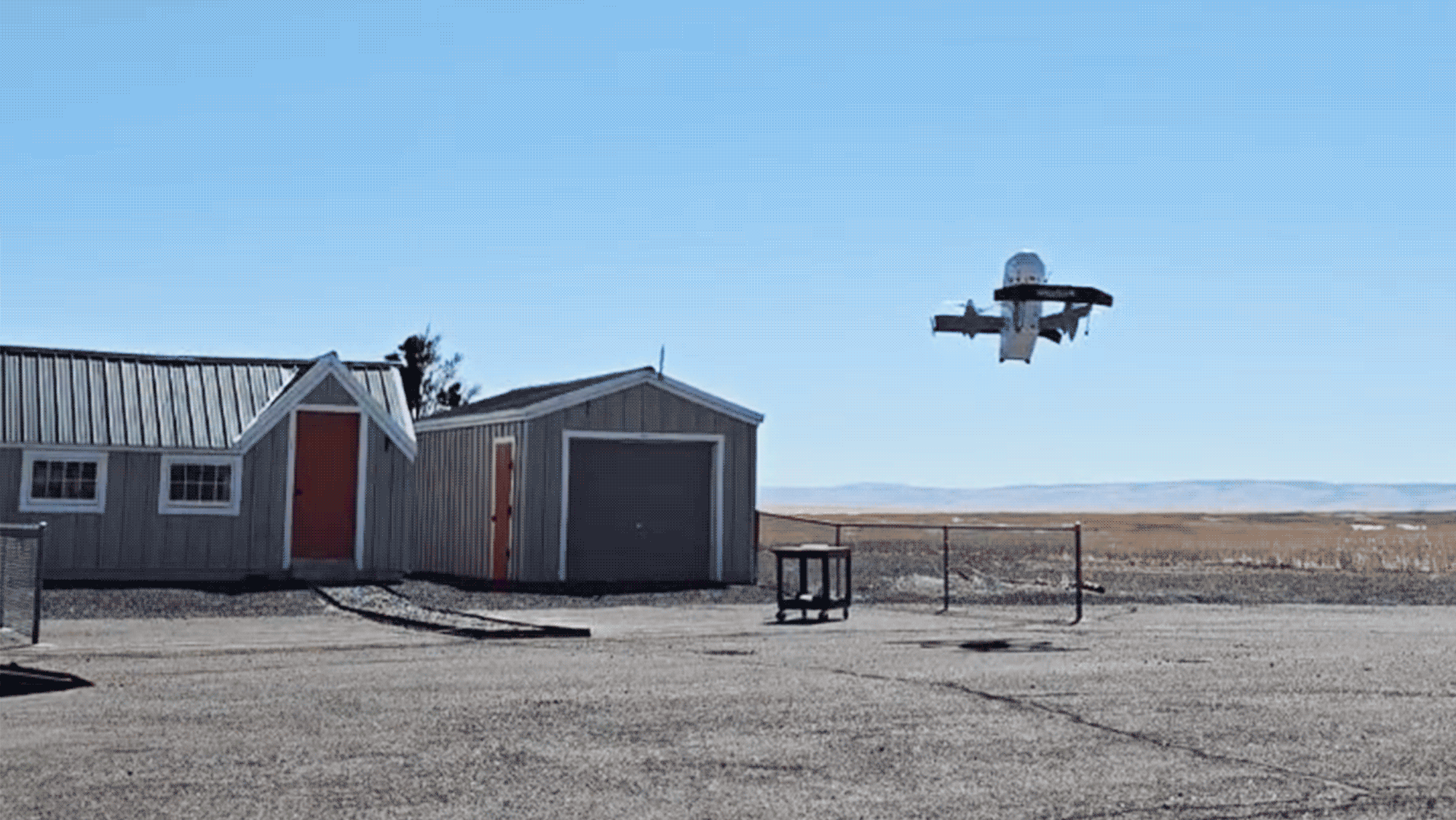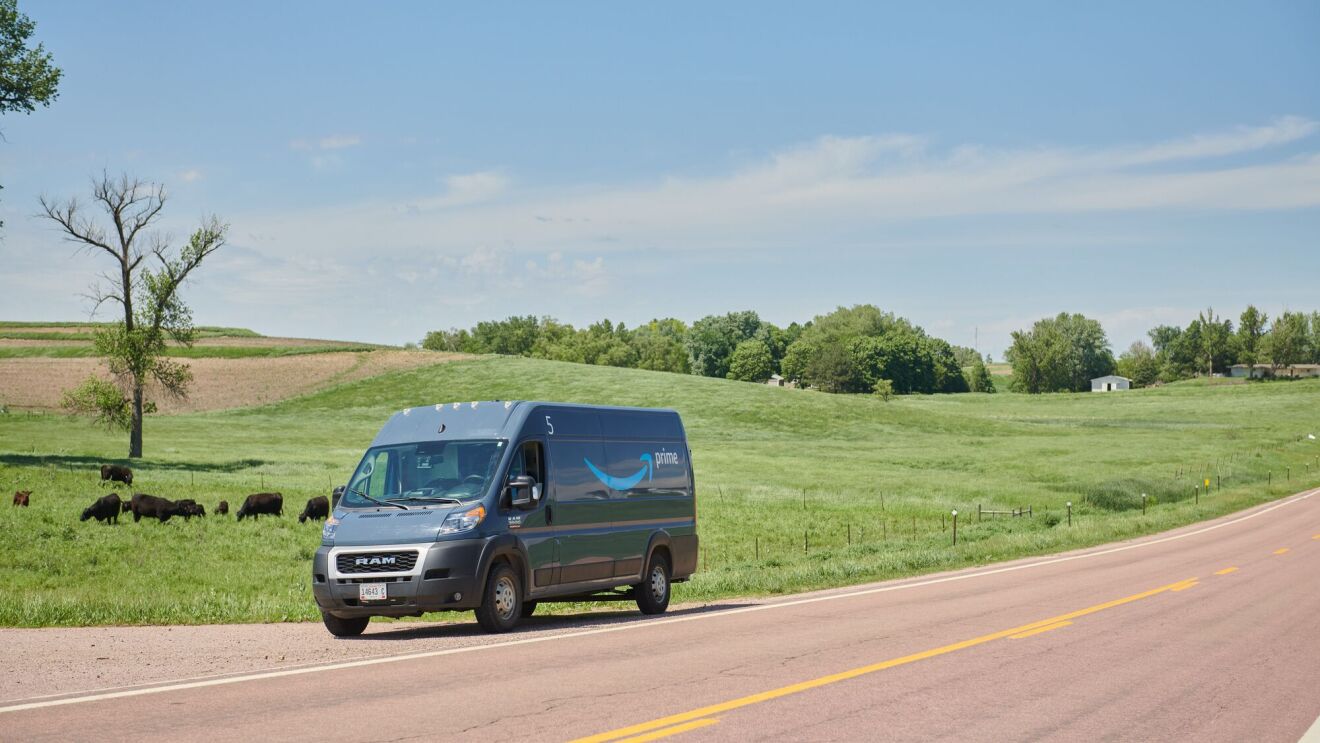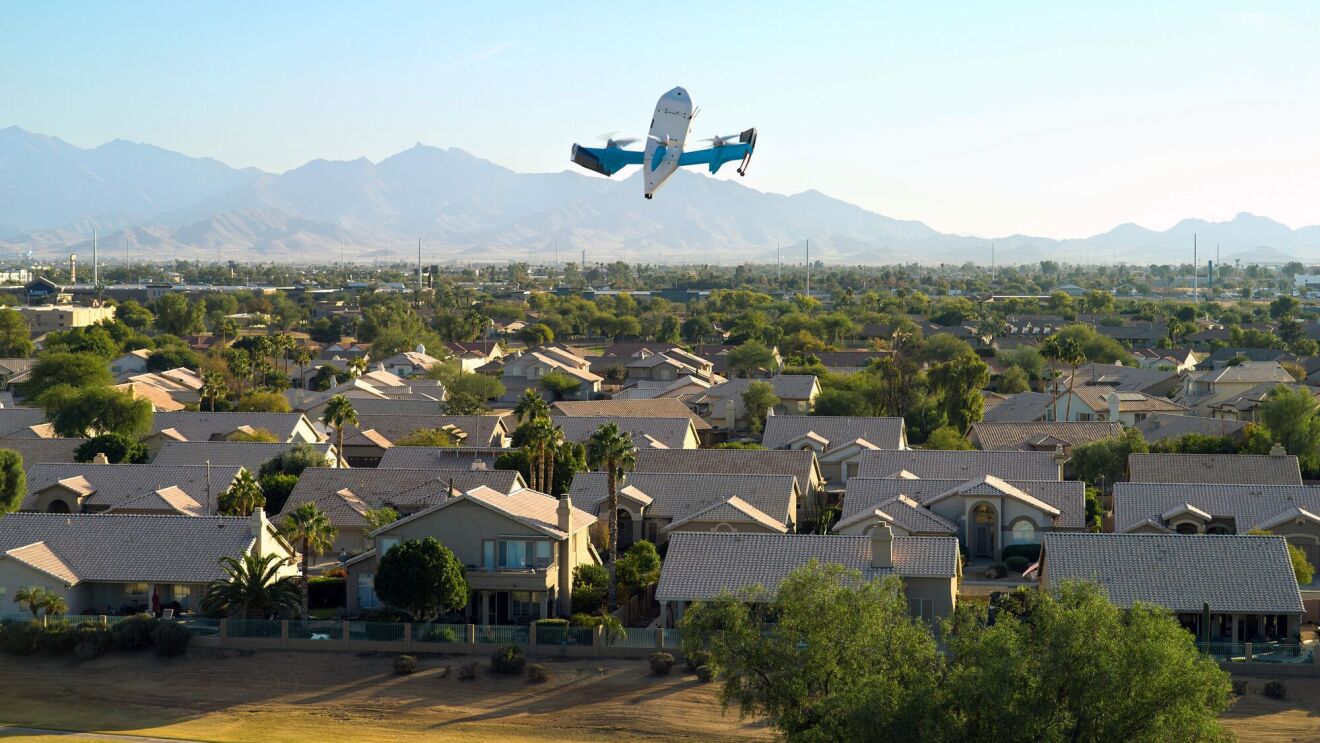In Japan, karate is a culture that’s been carefully protected for centuries, handed down through generations by local families and people.
The martial art originated in Japan’s Okinawa prefecture, a region of more than 150 inhabited and uninhabited islands in the East China Sea between Taiwan and Japan's mainland. Okinawa is over 2,000 kilometers (1,300 miles) from the capital city of Tokyo.
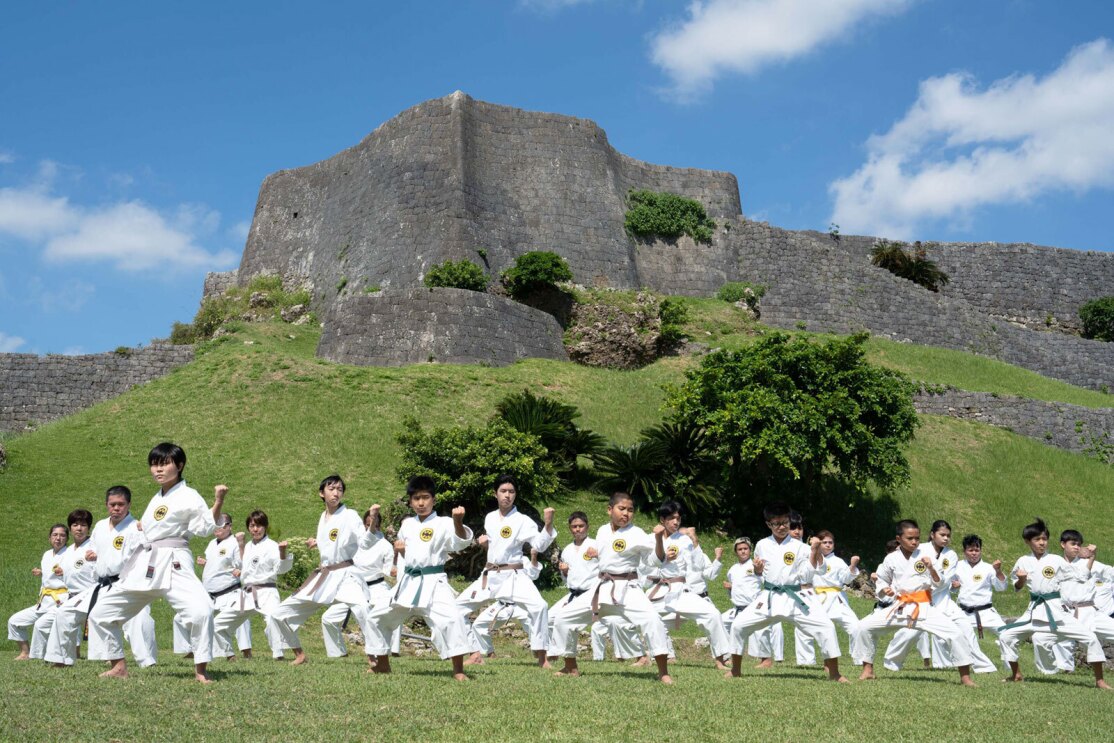
The roots of karate can be traced to the Ryukyu Kingdom, where the elite class learned self-defense techniques as a form of education. Karate has since spread throughout the world and even debuted as an Olympic sport during the Tokyo 2020 Olympic Games—and it remains popular among Okinawans of all ages.
"There are two phrases that express the spirit of karate: ‘There is no first move in karate’ and ‘Don't let others hit you, don't hit others, and things will turn out all right,’” said Zenbo Shimabukuro, director of Shorin-ryu Seibukan, one of Okinawa's traditional karate schools.
“In other words, karate is a martial art to protect oneself, not to attack the opponent, and it is based on the principle that everyone should be safe. These words express the spirit of the Okinawans, who are known as people of peace."
Zenbo began learning karate from his father, Zenryo, when he was 9 years old—and has practiced karate continuously for the past 70 years. His father was trained by Kyan Chotoku, the great master of Okinawan karate, and dedicated his life to the development of Okinawan karate.
Zenbo inherited his father's teachings and has spread the appeal of karate across Okinawa, outside the prefecture, and abroad.
01 / 05
But acquiring the equipment for the karate school hasn’t always been easy for Zenbo or his son, Zenshun Shimabukuro, who is a senior instructor (and also in charge of ordering the dojo’s protective gear and practice equipment).
"Karate equipment is a special kind of equipment, so sporting goods stores don't usually have them. I used to order from a sporting goods store on the mainland and have them send it to me since many of the items were not available at my local sporting goods store,” Zenshun said.
While searching for sandbags online one day, Zenshun noticed that Amazon.com was the first website to appear in his search results, so he clicked on the link.
“The price was reasonable and there were no shipping charges,” Zenshun said. “I thought this was a good idea and ordered one right away.”

For the Shimabukuros and other Okinawans, Amazon deliveries are even faster now, thanks to a new delivery station in Okinawa that helps Amazon deliver millions of items the next day to customers.
Before the delivery station opened, customers would typically have to wait a few days to get what they ordered from the mainland of Japan. Now products are flown daily from Haneda Airport near Tokyo by a third-party carrier, allowing Amazon to offer convenient next-day delivery.

Some of those products include protective gear to practice Kumite, a practical training in karate. Kumite involves wearing protective gear such as masks, gloves, and chest pads to prevent injury, along with mitts and sandbags. Zenshun has purchased a variety of karate necessities from Amazon, ranging from protective gear such as mitts and leg supports to protein supplements and sandbags.
"I also buy sports masks to wear during practice from Amazon. It's more affordable than sporting goods stores, and it's convenient that they deliver,” Zenshun said.
“It takes 20 minutes for me to just go to my local sports store and a whole hour to purchase products and get back home. Amazon has a wide selection of products, and with next-day delivery now, I will probably be using Amazon for a lot of things.”
Amazon has more than 20 fulfillment centers and over 45 delivery stations in Japan to ensure the reliable delivery of products to remote areas all over the country.
Wherever people live, Amazon will continue to enhance its delivery network and services to help customers carry their cultural torch and pass it to future generations.
Trending news and stories



